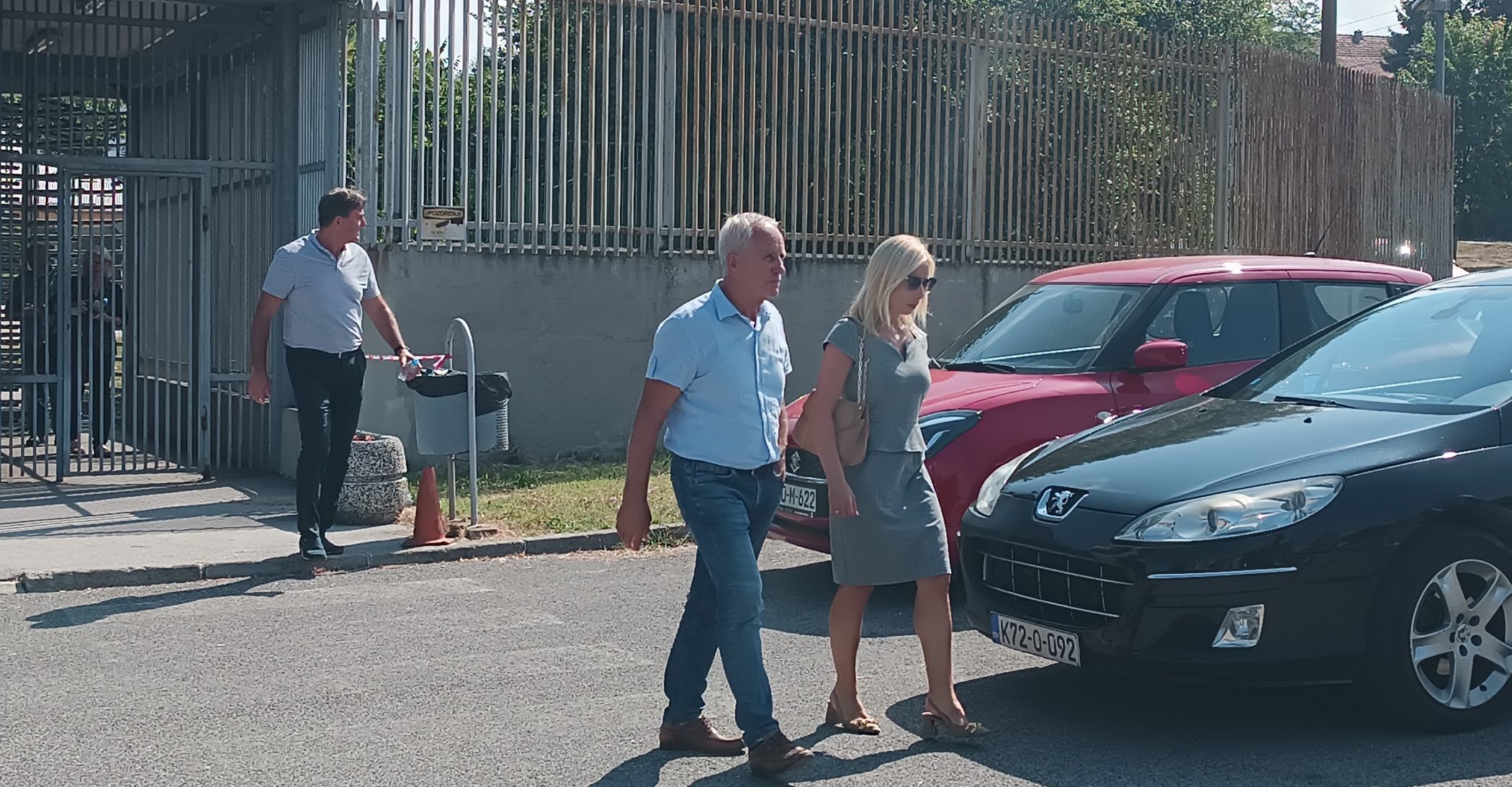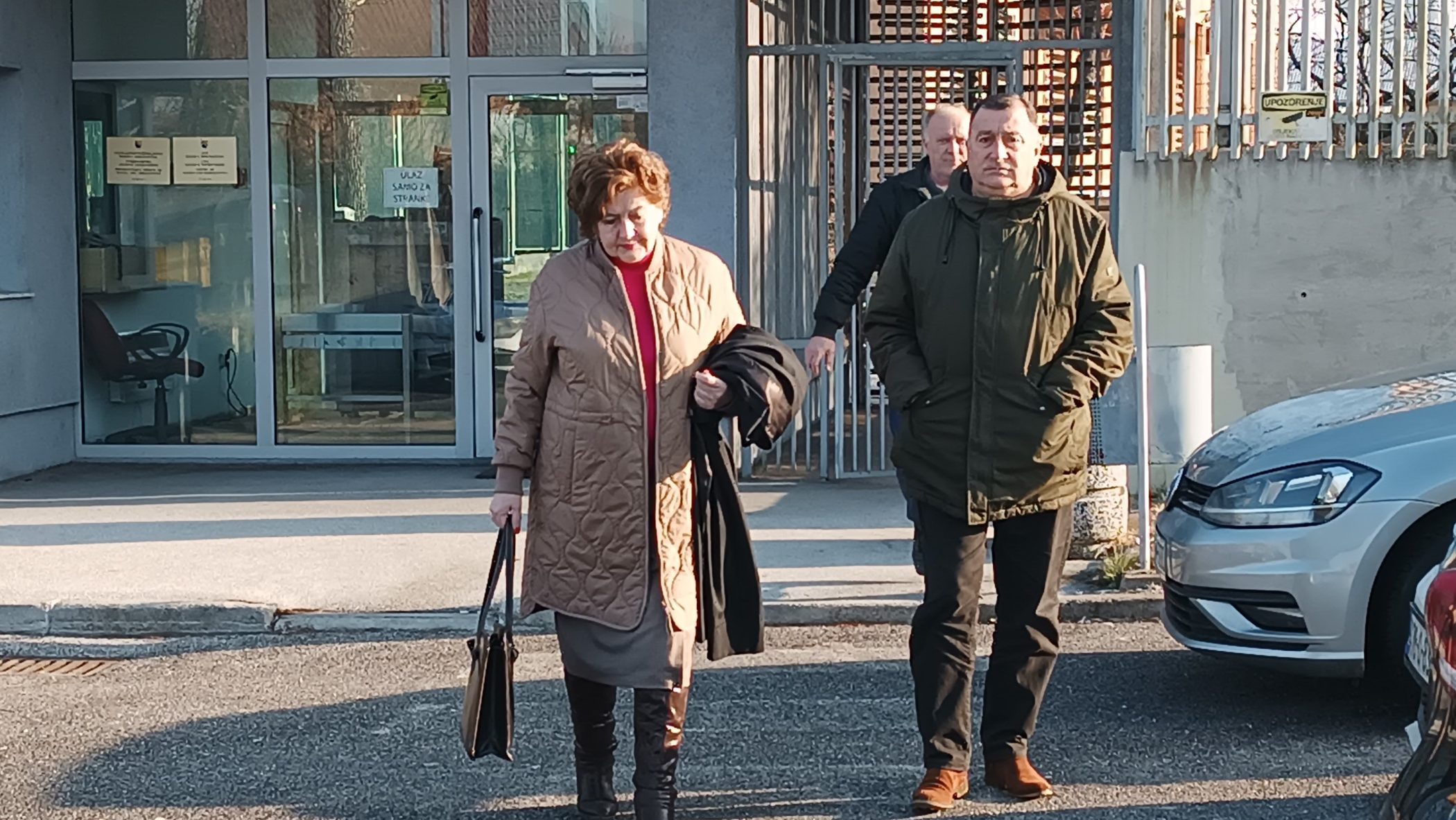This post is also available in: Bosnian
“From that day on nothing was the same,” witness Ilijaz Mehmedovic told the trial chamber on Thursday, remembering the beginning of the war in Sanski Most.
He said the day the lives of Sanski Most citizens changed was April 19, 1992, when this northwestern Bosnian town was occupied by Serb forces.
“Armed men were on the streets,” said Mehmedovic. “Radio Sana transmitted the news that Serb forces had occupied the town and that Sanski Most has become the ‘Serb municipality Sanski Most’.”
“During the day they repeated a number of times that this was now Serb territory and called for people to lay down their arms. All this was an introduction to the bloody events which followed,” he added.
Mehmedovic was one of two prosecution witnesses to appear on Thursday at the trial of Nikola Kovacevic, a former Bosnian Serb soldier on trial for war crimes committed in this area.
He is charged with crimes against humanity committed in 1992, all relating to the forced detention of civilians, their abuse and torture and their transfer to the Betonirka and Manjaca detention camps.
Mehmedovic lived in one of the hamlets of the Hrustovo village, next to Sanski Most, where the Serb forces captured him together with other villagers.
He spoke of men and women being separated and the subsequent detention of the men in places where they were exposed to psychological and physical abuse.
“Fate is strange,” said Mehmedovic, recalling the moments before his capture. “At one moment a large group of us was hiding in one house. The soldiers found us, and I heard one of them say ‘let’s the house on fire and kill them all’.”
“A little girl, Emina, was with us. She noticed her music teacher from school among the soldiers. It was a certain Basinski. She called him. I don’t know what happened next, but he said ‘don’t be afraid’ and he helped us. We were not killed,” the witness recalled.
Mehmedovic was detained first in the sports hall of the secondary school in Sanski Most, and then taken to the Betonirka buildings, which was a complex of garages. From there he was transferred to the Manjaca camp where he spent 189 days in captivity.
He named Kovacevic as one of the soldiers who took part in the abuse and beatings of the detainees in Betonirka. He added that Kovacevic also supervised the transfer of a group of detainees from Betonirka to Manjaca.
“‘You have had a nice stay here, and now we are going camping’, Kovacevic told us,” said Mehmedovic.
Prosecutor Dzemila Begovic also asked Mehmedovic about living conditions and the opportunities for personal hygiene in Betonirka.
“It did not exist,” replied Mehmedovic explaining in detail the humiliating conditions under which the detainees were kept.
The second witness to appear, Sadmir Alibegovic, was a policeman from Sanski Most who was also detained in the Betonirka and Manjaca camps where he was tortured. He agreed with Mehmedovic that Kovacevic was one of the people who took part in the beatings of the civilians in Betonirka.
The hearing will continue on May 10.

